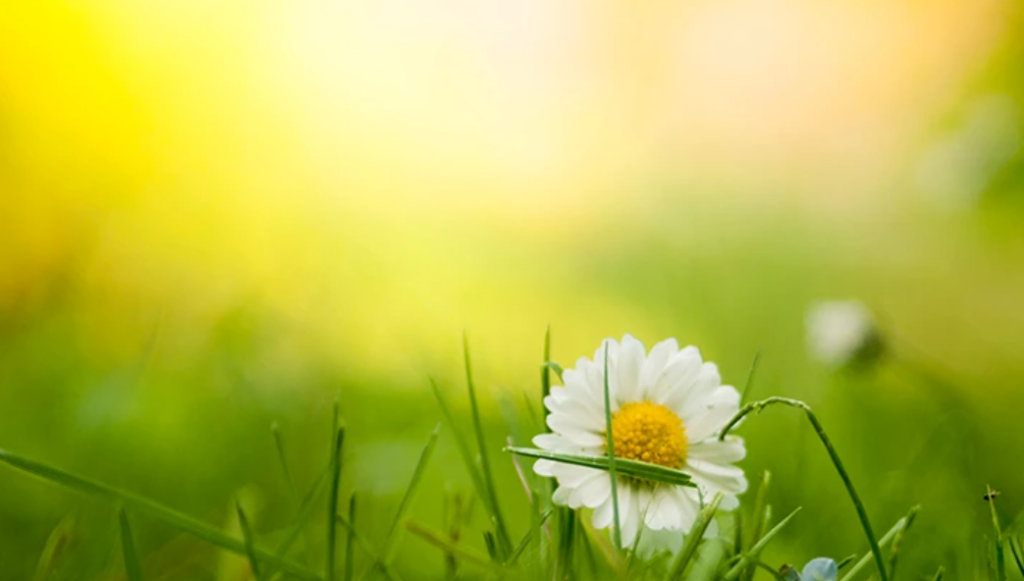EndoGrass – Occurrence and diversity of fungal endophytes in Norwegian grasses
In the EndoGrass project we have performed a metabarcoding study to i) identify the occurrence and diversity of fungal endophytes in selected agriculturally important grass species, ii) define the endophyte communities related to each grass species, and iii) diversity resulting from geographical location and habitat, and iv) screened specifically for harmful invading species of fungal endophytes that may be a threat to grazing animals.

Within the restrictions of the project the results give a broad overview of fungal genera (and species) native to the Norwegian grass flora. Together with the project partner Felleskjøpet Agri SA, the most important native grass species for Norwegian fodder production and grazing were selected; Phleum pratense (timothy), Festuca pratensis (meadow fescue), Poa pratensis ssp. Pratensis (bluegrass), and Lolium perenne (ryegrass). Collected plants were wild-growing from different geographic locations and habitats, as well as domesticated plants from Felleskjøpet seed production sites in Vestfold. In addition, one lot of imported seeds of Festuca arundinacea (tall fescue) from Felleskjøpet, and a few samples of tall fescue plants from the field were included in the study.
Diversity varies greatly and grass host alone is not enough to predict the fungal communities. The study also points to land use and geographic location as important factors influencing the fungal diversity. Each geographic location had to some extent host specific characteristics in terms of fungal diversity, indicating that there are potentially many other factors influencing the diversity. In regions with frequent crop rotation, grass host played a stronger role than land use in explaining fungal diversity. In other places, land use such as cereal production and grazing played a strong role in determining fungal diversity.
A few genera of cosmopolitan fungi were present in all hosts and nearly all samples. These were basidiomycetes of the genus Vishniacozyma, and ascomycetes of the genus Mycosphaerella and Cladosporium (except from in ryegrass). Common plant pathogens of the genus Alternaria spp were also readily found in all grass hosts. From the family of Clavicipitaceous endophytes, also called “true” endophytes, we screened for Claviceps and Neotyphodium/ Epichloë. Species of the genus Claviceps are native and widely dispersed in the Norwegian flora. Claviceps spp were found in all grass hosts investigated, except meadow fescue.
Importantly, the data give no indication that there are any harmful toxigenic Epichloë/ Neotyphodium species in Norwegian grasses, nor did we find any indication that imported seeds of tall fescue are infected with such endophytic fungi. This is a confirmation of the quality of Norwegian seed material and fodder production in general.
EndoGrass (2020-2022) is a pilot project financed by Forskningsmidlene for jordbruk og matindustri (FFL/JA) where the aim has been to describe the occurrence and diversity of fungal endophytes in the agriculturally most important grass species in Norway. Partners in the project were the Norwegian Veterinary Institute (project leader), the seed company Felleskjøpet, and University of Oslo.

